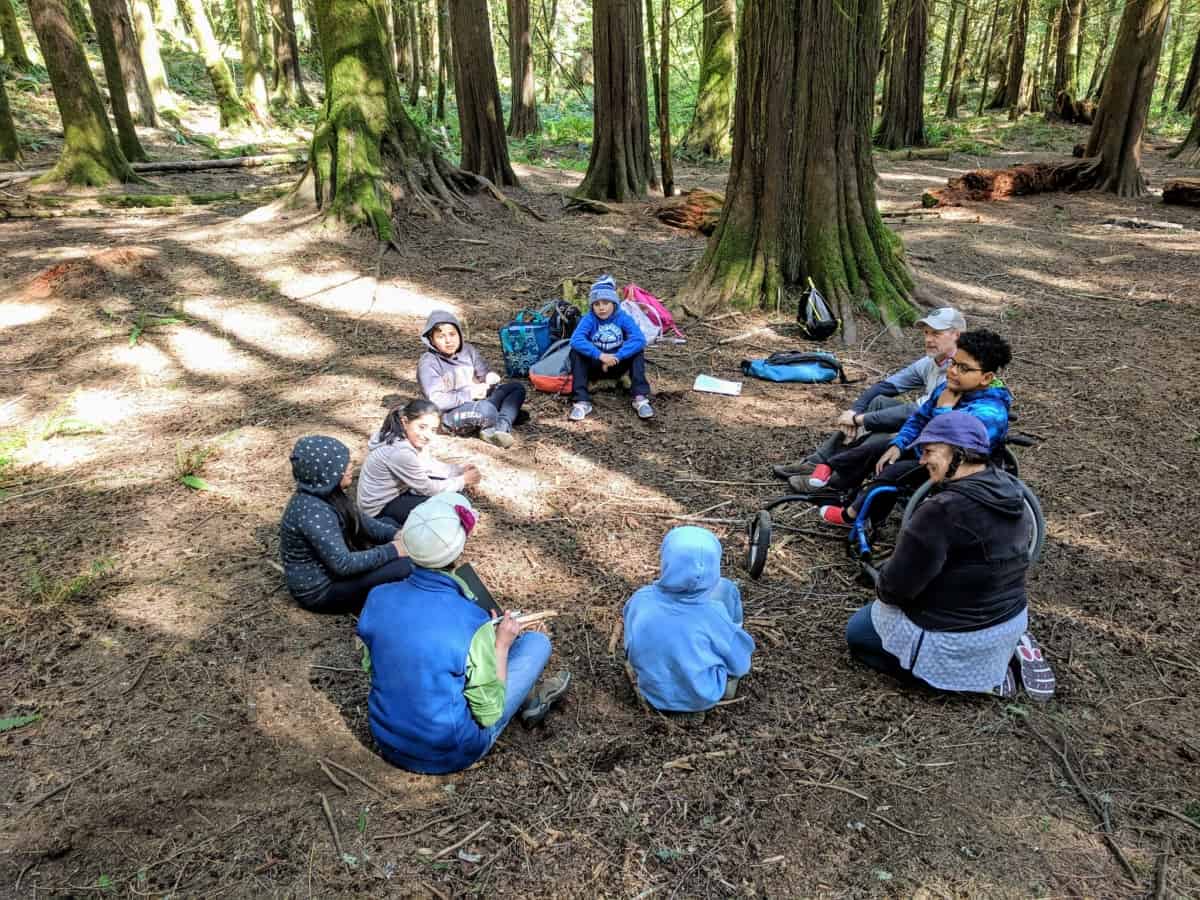
Guidelines for informal gatherings of children and youth while schools are closed
School closures have been announced by the state, but parents still need to work and students still need safe and enriching spaces to spend their days. The COVID-19 pandemic calls on our whole community to think creatively about how to meet everyone’s basic needs and maintain social connections while also blunting the spread of disease.
Here are some guidelines for hosting safe, informal gatherings among children and parents outside of the school setting.
First, a few general rules of thumb:
- If your child’s sick, keep them home and separate them from others.
- Sick household members should separate from other people and animals and reach out to their healthcare provider with concerns. Read more about what to do if you or your child has COVID- 19-like symptoms (fever, cough, shortness of breath).
- Over 60? Have a chronic medical condition? Pregnant? Try to avoid gatherings and caring for other people’s kids.
- If you fall into one of these high-risk categories, put your own health first. Refrain from taking care of other people’s children if possible.
- Social distancing helps slow down the spread of disease. Social distancing means staying 6 feet or at least an arm’s length away from others.
Respiratory hygiene habits go a long way. Teach your kids:
- Cover their mouth and nose with a tissue when coughing or sneezing, then throw the tissue in the trash and wash their hands.
- Wash hands often with soap and water for at least 20 seconds. Need a timer? Hum the “Happy Birthday” song from beginning to end twice. Use an alcohol-based hand sanitizer that contains at least 60% alcohol if soap and water are not available.
- Avoid touching their eyes, nose, or mouth with unwashed hands.
- Don’t share food, water bottles, utensils, or cups.
My neighbors and I want to share childcare responsibilities. What should we keep in mind?
- Limit the number of families involved. This can help reduce the spread of illness between multiple families in a community.
- Keep the group small. The smaller the group, the lower the risk. Aim to involve no more than 10 children in one indoor care setting.
- Consider asking participating families to take their children’s temperature before gathering. Remind children and adults to stay home if they have a fever (above 100.4F), coughing, or shortness of breath, or are otherwise unwell.
- Frequently clean high-touch surfaces, like doorknobs, toys, and keyboards.\
- Practice social distancing measures whenever possible. Kids love to hug, tag, and tumble, which makes social distancing difficult. You can try to increase the distance between children:
o Think small—only a few friends at most.
o Play games that involve fewer opportunities for touching.
o When kids do touch, remind them of proper respiratory hygiene habits.
What about outdoor gatherings?
Outdoor gatherings are less risky than indoors ones since COVID-19 spreads more easily when people are close together in confined spaces. Plus, it’s important for kids to get active outside time every day. Research shows that daily time for kids outdoors also boosts the health and wellbeing of the adults in their lives. Here are some steps you can take to keep children and adults s safe:
-
- Continue to apply social distancing practices in these settings, like remaining 6 feet apart.
- Aim to limit the group to no more than 50 children.
- Limit face-to-face contact.
- Repeatedly clean and disinfect any shared sporting equipment, especially objects touched with hands, like
balls, bats, and playground equipment. - Any parents or adults that join should practice social distancing and not participate if they are sick.
Can teens spend time together?
Social interaction is important to the mental health of young people. Teens that are symptom-free and without
underlying health conditions can get together with small groups of friends at a time (again, the lower the number,
the lower the risk). Low-contact, outdoor activities, like hiking and bike riding, are great ways for teens to socialize.
Teens should avoid spending time in groups larger than 10 and crowded places, like parties, retail spaces, and
movie theaters.
Are gatherings safe for children with preexisting health conditions?
Children and teens with chronic health issues and immune compromising conditions should check with their healthcare provider before participating in a shared childcare arrangement or gathering.
What if someone in our gathering develops symptoms? Does my child need to quarantine?
-
-
- If the symptomatic person isn’t a confirmed case of COVID-19, your child does not need to quarantine, but you should monitor for symptoms. If your child develops a fever, coughing, or shortness of breath, separate them from others and call your healthcare provider.
- If the symptomatic person is a confirmed COVID-19 case, your child and anyone else who’s had close contact with the case should quarantine for 14 days, monitor symptoms, and notify your healthcare provider if symptoms develop.
-

